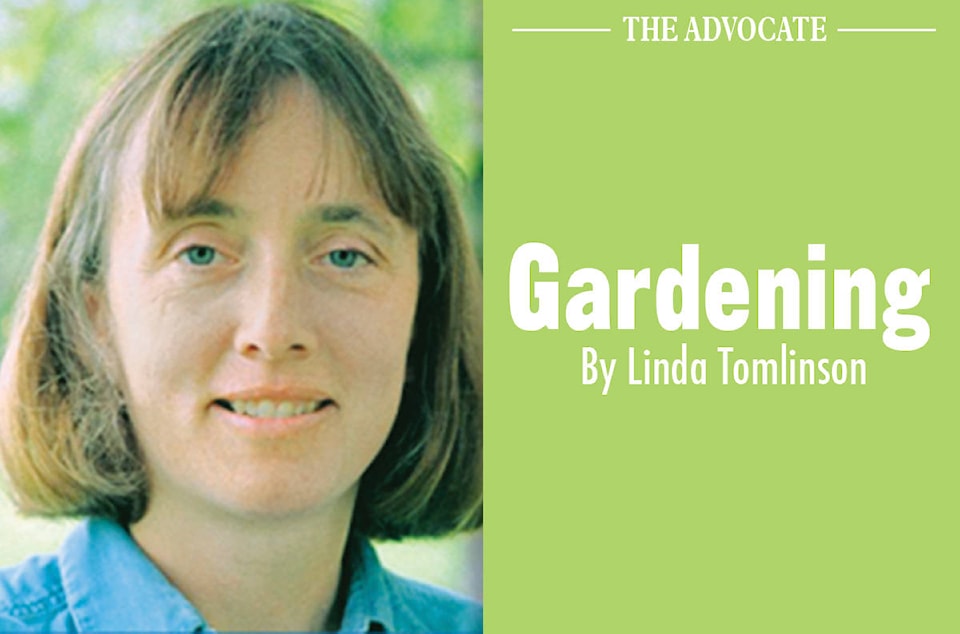Weather patterns, extreme heat and cold impacts every living thing. With plants, as with others it can mean the difference between life and death.
Plants can be slow emerging after a cold winter and cool spring. It is best to give plants until mid-June or the first of July before declaring them dead and replacing them. Instead, keep an eye on the area and make sure the area has plenty of moisture.
Perennials will be slow to grow from the ground while tender trees and shrubs may have dieback on the tips, or whole branches. Remove all deadwood on trees and shrubs by cutting back to a growing bud or branch. If the branch shows sign of disease, double bag it and put it in the garbage.
It is common for different varieties of roses and raspberries die back in a cold weather. This means that the tips die and growth will come from partway down the stems. Now, when the leaves have emerged is a good time to remove all the deadwood by cutting back to just above a live bud or new leaf.
Leaving dead thorny parts on plants is not attractive and can prove painful to anyone that bumps into them. It is best to prune these plants with long sleeves and heavy gloves.
Roses that die back will still bloom as they bloom on this year’s wood. When pruning take time to remove some of the older canes at the ground level. This will trigger the plant to generate new stems keeping the plant young.
Blooming time on Raspberries is dependent on the variety. Primocane varieties bloom and fruit on the first-year wood and will often also produce berries the next season after which the canes die.
Alberta Agriculture recommends the following varieties: Red River, Double Delight: Summit: Autumn Bliss: Fall brook: Each variety will have a different taste and growth habit. For those that hate the spines, try Summit.
Purple and black raspberries do well in a micro-climate or with winter protection which includes snow.
Floricane, varieties bloom on second year wood. These are the most common varieties with older varieties found in in older neighborhoods. Alberta Agriculture list consists of: Boyne. Festival, Killarney: Honeyqueen (yellow), and SK Red Mammoth.
Different varieties of raspberries have different tastes and growth habits. Do research before making a purchase.
Remove dead and old canes at ground level each spring or fall leaving new and second year growth. If the canes are crowded, closer than 6 in. (15 cm) remove the smaller ones in any given area
Raspberries do best in full sun but will survive in part shade but the amount of berries produced will decrease. Plant in rich soil away from other plants. With the exception of the purple raspberry Wyoming, they will sucker. Each sucker is a potential new plant and will produce berries either this or next season. Unfortunately, if not kept in check they can take over a garden.
During mild years, gardeners tend to push the boundaries, planting tender plants and are successful. It isn’t until there is a cold winter, or a sudden cold snap like what was experienced last winter that plants tender plants die.
Linda Tomlinson is a horticulturalist that lives near Rocky Mountain House. She can be reached at your_garden@hotmail.com.
